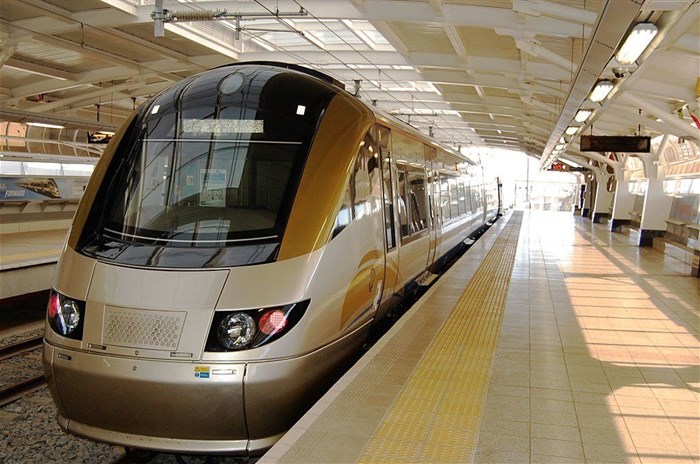
What’s more, it’s most successful when there are different elements, each with their own merits and offerings in play, who all understand their complementary role within the system, and how they can each play a meaningful role in the growth of the economy.
Getting to where we need to be should be a seamless, affordable experience that doesn’t require intricate planning - passengers should be able to transfer between public transport modes that respond effectively to the environments around them. Passengers must be provided with choice and a multitude of options that support their needs within an ecosystem of sustainable, varied and differentiated transport solutions.
That’s why an effective rail system, like those seen in the United Kingdom and China, should be in place to bring large numbers of passengers from communities outside the urban centre to educational facilities, economic opportunities or amenities, and why effective bus networks should be in place to take them from train stations, deeper into the city. Transport must work as an effective ecosystem with each mode playing an important and complementary role that enables sustainable cities and communities.
It’s why meter taxis, minibus taxis, and e-hailing all have a place in urban environments too - they’re there to take individuals to their destinations, and it’s why scooter and bicycle hire provide effective solutions as part of a broader ecosystem.
It’s also why no single mode of transport is intended to take any other mode out of business - and it’s why the National Land Transport Act Amendment Bill, currently under review by Parliament, explicitly recognises e-hailing as a mode of public transport that complements other modes, such as minibus taxis, buses, meter taxis, and integrated bus transport systems.

While trains and buses are certainly the preserve of state- or city-owned enterprises, smaller transport options have lower barriers to entry, creating economic opportunities for micro-entrepreneurs, like the more than 25,000 drivers that use the Bolt platform to connect with passengers.
It’s also easier for them to adapt to local conditions - and for platforms like Bolt to adapt to local users’ needs too. This flexibility allowed us to introduce the Bolt Women Only category in South Africa, for those seeking the reassurance of being driven by a woman, and it’s why we could welcome Boda Bodas onto the platform in Uganda - giving those micro-entrepreneurs the opportunity to connect with passengers who would otherwise never have found them. E-hailing and micromobility transport creates a unique opportunity to reduce emissions, but also to create new economic opportunities and value chains with reduced barriers of entry for micro-entrepreneurs that can act as catalysts within our cities and communities.
Being able to offer passengers a choice of transport modes can be the catalyst for economic growth, as has been seen in Bogotá, Colombia. This city’s system includes the TransMilenio bus rapid transit system, which is supported by feeder buses, taxis, and large pedestrian zones, and the TransMiCable, a 3.34 km ropeway with four stations that links the city’s most disadvantaged neighbourhoods with the rest of the city, and the opportunities it presents.
The system reduced mobility-related exclusion, passenger travel times, car usage, and crime in the city, and improved citizen wellbeing, and air quality. The lowest income groups benefited the most from reduced travel times, with 37% saying that they could spend more time with their families as a result of quicker commutes.
There is a unique opportunity for us to reimagine and reshape our cities and communities. This will require integration but also coordination of multiple modes of transport...
That’s why local stakeholders in the transport sector need to engage more and collaborate more to offer citizens a complementary range of transport options that meet their particular needs at any time. For example, a passenger may be happy to take a minibus taxi from the nearby rank into town to do her shopping - but once she’s bought all her goods, a ride in an e-hailing vehicle that collects her outside the shop and takes her to her home may better suit her purpose at the time. A worker may find it ideal to travel to work on the Gautrain, but could turn to a regional bus service, or even a scooter hire operator, to get to appointments during the day.
It’s vital that regulators and all stakeholders in the transport sector embrace this multi-modal approach to ideating and implementing transport solutions that meet the needs of South Africa’s people. There is a unique opportunity for us to reimagine and reshape our cities and communities. This will require integration but also coordination of multiple modes of transport that focuses on the interest of people and communities over the narrow option of the private car. The option of micromobility and ride hailing offers a unique opportunity to refocus our collective efforts as we strive towards sustainable cities and communities.